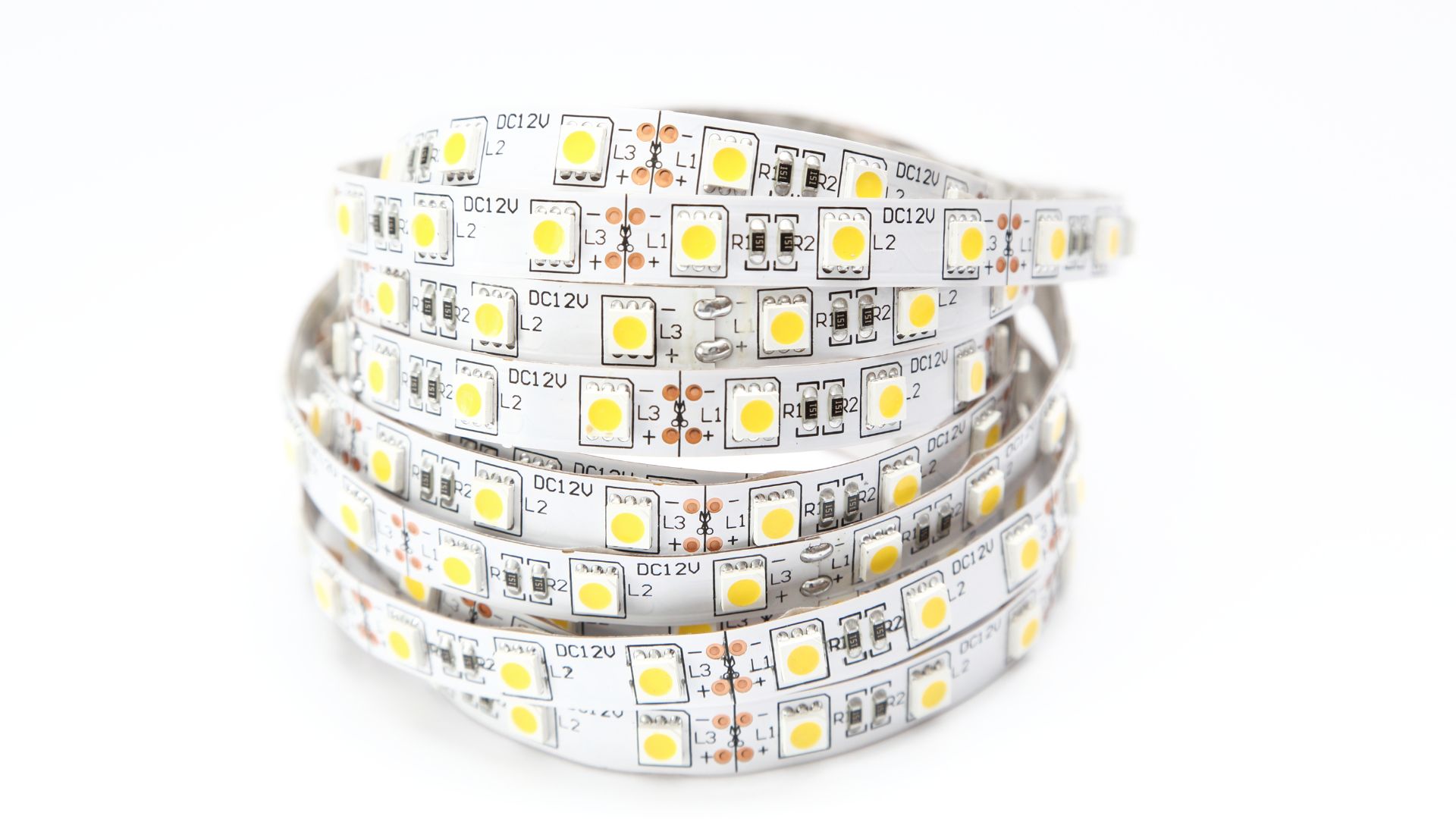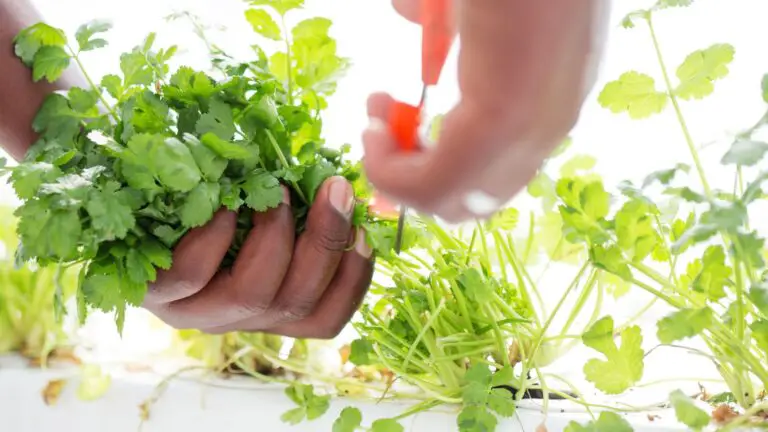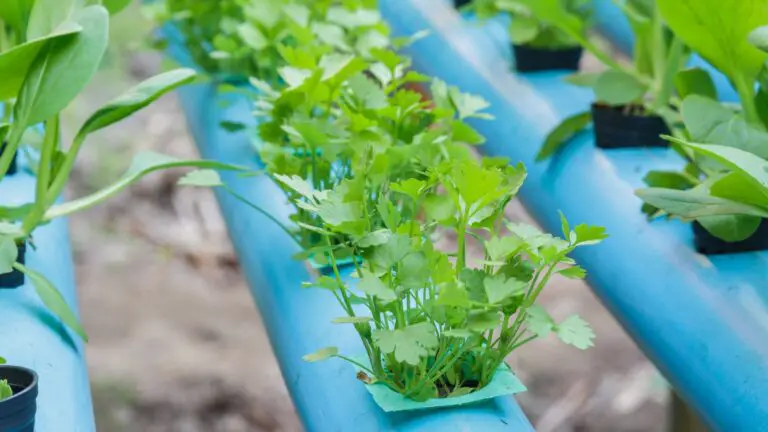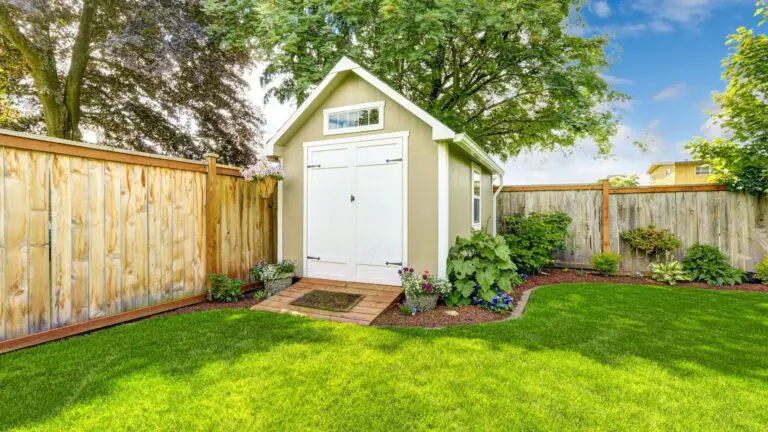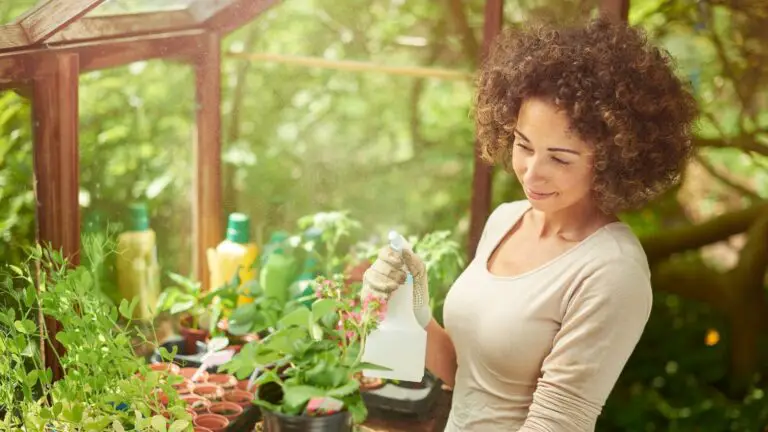How to Install LED Light Strips for Hydroponics to Boost Your Crop Yields
Disclosure: Your purchases through our links may earn us a small commission, supporting our site’s ability to provide valuable information to our readers. Rest assured, it won’t impact your price. Thank you for your support.
Hydroponics has been on the rise for quite some time now. Ever thought of growing your own crop without soil? Then hydroponics is what you should try.
However, a carefully designed lighting system is necessary as crops need light to grow, and a quality light source can make all the difference.
LED light strips are one of the keys to your crops’ success in a hydroponics system. In this blog post, we will discuss how to install LED light strips for hydroponics step by step.
1. Placement and Preparation
The first thing to consider when you’re ready to install LED light strips is the layout and arrangement of your hydroponics system. You need to know where to place the LED lights and how many strips will fit perfectly into your setup.
Depending on the size of the system, the number of LED strip lights needed can vary. Generally, one LED light strip should provide enough light for a medium-sized hydroponic system. Still, larger systems may require multiple strips to provide adequate lighting.
Once you have determined the number of strips needed, it’s time to prepare the area you plan to install them, ensuring they’re close to the crops.
Additionally, when placing the LED light strips in the hydroponics system, ensure they are not positioned too close to the plants. The lights should be placed far enough away so crops can receive ample light without overheating or burning the leaves.
Select the best LED light strips from Amazon for your hydroponic garden.
2. Wiring and Connection
The next thing you need to do is to wire the LED strip lights together so that they operate simultaneously. Depending on your system’s requirements, you can connect the LED light strips in parallel or in series.
When you connect the strips, follow the manufacturer’s instructions carefully; if not, it can lead to short circuits in the hydroponic system.
To avoid electrical incompetence, you will need waterproof tubes or covers for the wiring and connections.
3. Power Supply and Switching Relay
Before connecting the LED light strip to your hydroponic system, you’ll require a power source for the LED strip lights. To do this, you should use 12V DC or 24V DC power supplies based on your LED light strips model for hydroponics.
You can use an electrical switch to turn the power on and off at the required times or an automated timer that automatically turns the LED lights on and off at regular intervals, reducing human effort while providing the required light source for optimum crop growth.
Here is the link to check the various power supplies for your LED light strips.
4. Hanging and Fixation.
The LED light strip should now be mounted and hung over the hydroponic system. You should mount them securely and ensure enough space between the strip and plants to avoid overheating and burning leaves.
For this purpose, you can adjust the strip to be higher or lower from the crop or use good-quality plantation trays. It’s best to hang the LED light strip at a distance of 18 to 24 inches, depending on the plant growth stage.
Select the suitable mounting system for your selected led light strip from Amazon.
5. Testing and Maintenance
Once the LED light strip is installed, it is always a good idea to test the system before actually putting it into use. Test each component separately for any electrical fault or malfunction.
You can do this by running the system and checking the light intensity with a Lux meter.
You can also check if the system produces the right color temperature for growth.
Maintenance would probably be the most critical part of it all. Always clean the LED strips when needed, and keep the plumbing and wiring protected from moisture.
How often should the LED strips be cleaned for maintenance?
LED light strips should be cleaned regularly for maintenance to ensure they are functioning at peak performance. It’s important to clean them at least once every two weeks. Still, more frequent cleaning may be necessary depending on the environment and usage.
Dust, dirt, and other debris can accumulate on LED strip lights, affecting their performance and reducing their lifespan. Cleaning them with a soft cloth or brush and mild soap can help keep them shining brightly and running smoothly.
Final Thoughts
Now that you know how to install LED light strips for hydroponics, you’re ready to take your crops’ growth to the next level. Proper lighting is essential for healthy and rapid crop growth. LED light strips are one of the most excellent forms of lighting available. The installation is not as complicated as it may seem; just follow the steps above to get started with a foolproof hydroponic lighting system. With this, you can grow your plants anytime and anywhere, even in a small apartment.
Thank you for reading!
Also, read!
Can Led Grow Lights Cause Eye Damage?
How to build a low-maintenance, climate-controlled grow room

